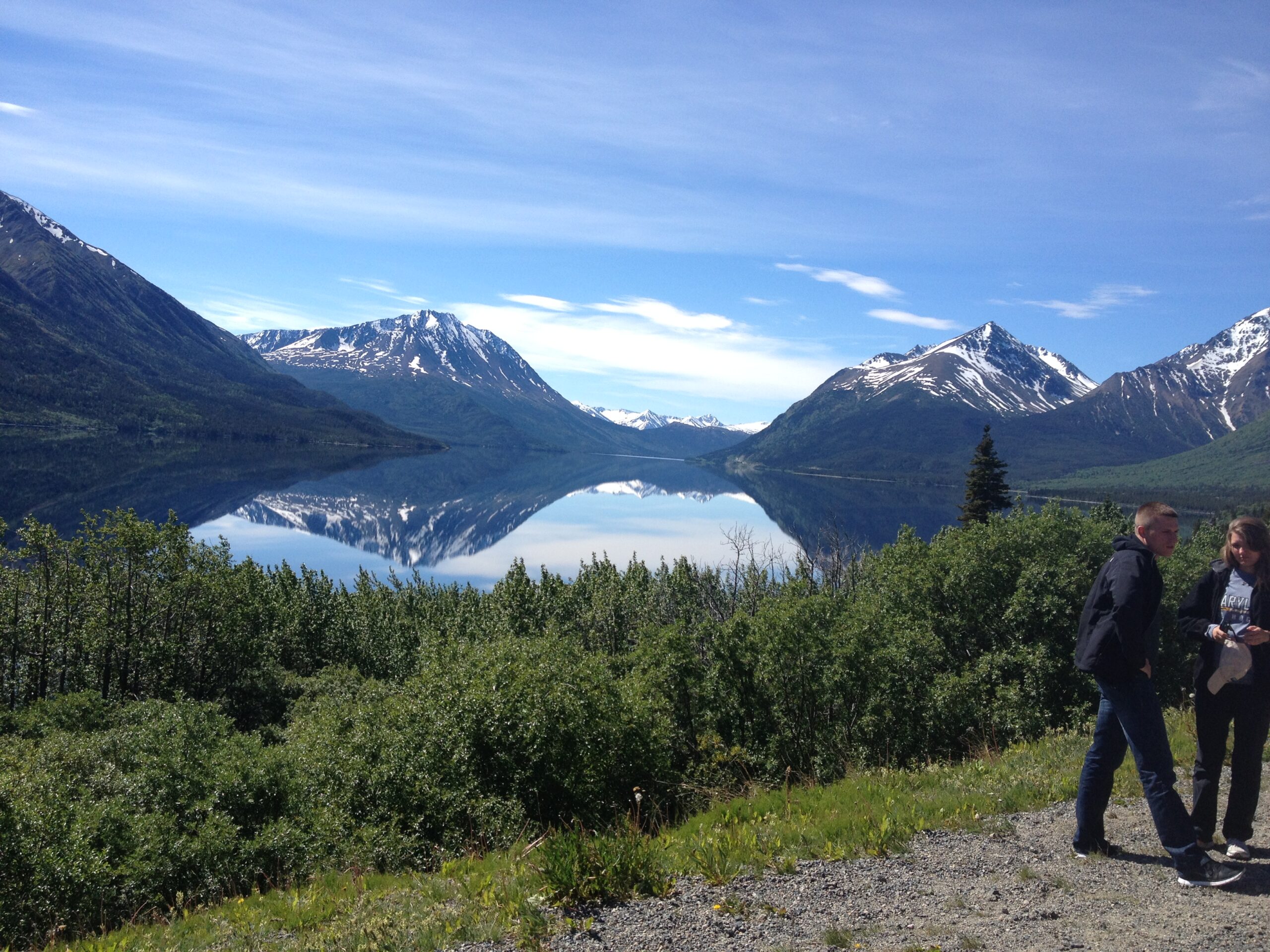A group of buffaloes lived under the control of an ‘owner’ in the city of Chennai. The owner fed them grains and hay, but only limited amounts because of the cost. In this part of the world, animals are not fenced in a big open area like in a typical western farm. Instead, they were kept chained by their neck most of the day and not allowed to leave the property as they wish. Although they were confined to a smaller space, they were not caged. They were let out for few hours a day, free to walk around. They would look for fields, pavements, bins etc. These buffaloes did not have enough open space to graze since it was a city. Even when they were free the owner had to keep an eye on these animals so that they don’t stray away and forget their way back. This was also to make sure his buffaloes don’t damage others garden etc. These animals were very unhappy because the owner did not feed them enough nor could they find food on their own. As a result, they were not quite productive and the owner could not make enough profits from the amount of milk they produced. The owner, a poor man. from a village was only looking to pay the bills and raise his children. The biggest challenge was his competitor. Milk in Chennai at that time was sold by an organisation, licensed and subsidised by the Government. This illerate small farmer could not compete with this monopoly and as the children were getting older he had to borrow at high interest rates to make ends meet and eventually had to default. He had to sell his property to pay back the loans.
He managed to save his animals and move out of Chennai to an area outside the city which was not heavily populated. The government subsidised milk scheme did not extend outside the city. In the suburbs the animals had plenty of food to eat, since there were lots of open space. The owner did not have to restrict the movements of the animals anymore. In fact, the animals would fill their belly from the fields to an extent that they did not eat much of the hay the owner fed them. The owner did not have to chain them anymore either, he had had less work now and also saved money required to buy animal feed. The buffaloes also produced lots of milk because the tall grass they ate were better than grains and hay. In the absence of a tax-payer subsidised monopoly, a willing buyer willing seller led to a sort of laissez-faire free market system whereby the farmer earned a descent money for his work. Of course ,he was happy and his business was good. The free buffaloes were both happy and productive and everyone was a winner.
Liberalisation of Indian economy and privatisation of milk industry happened years later. Of course, the farmer did not have any understanding of the economics behind why he failed, but years later his son, the writer of this blog, understood this and a Freebuffalo was born.
The above is a true story from my own life. I am using it as a metaphor to illustrate my belief that economic freedom is a precursor to the freedom of an individual.

Leave a Reply